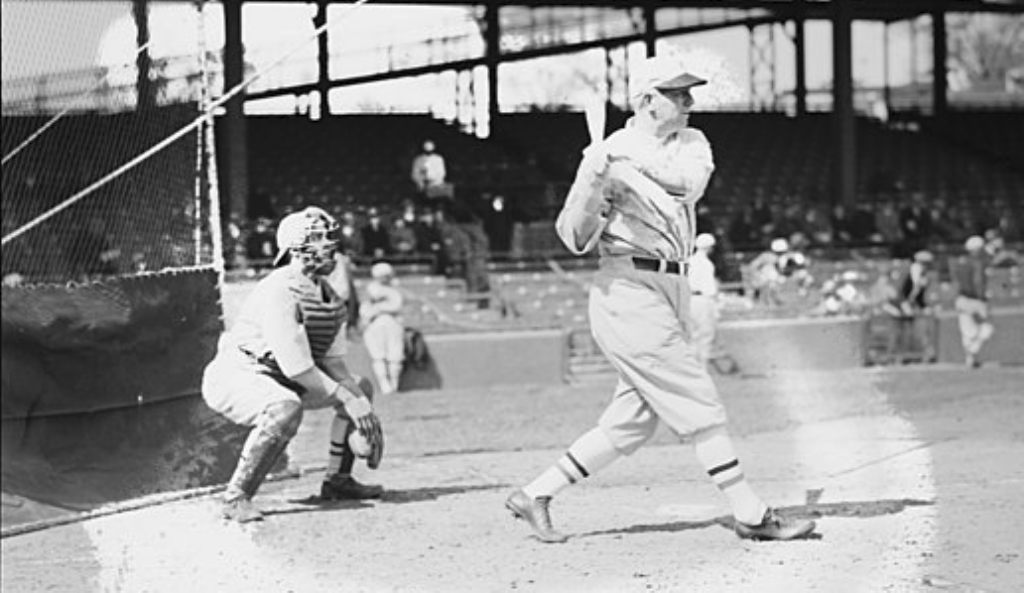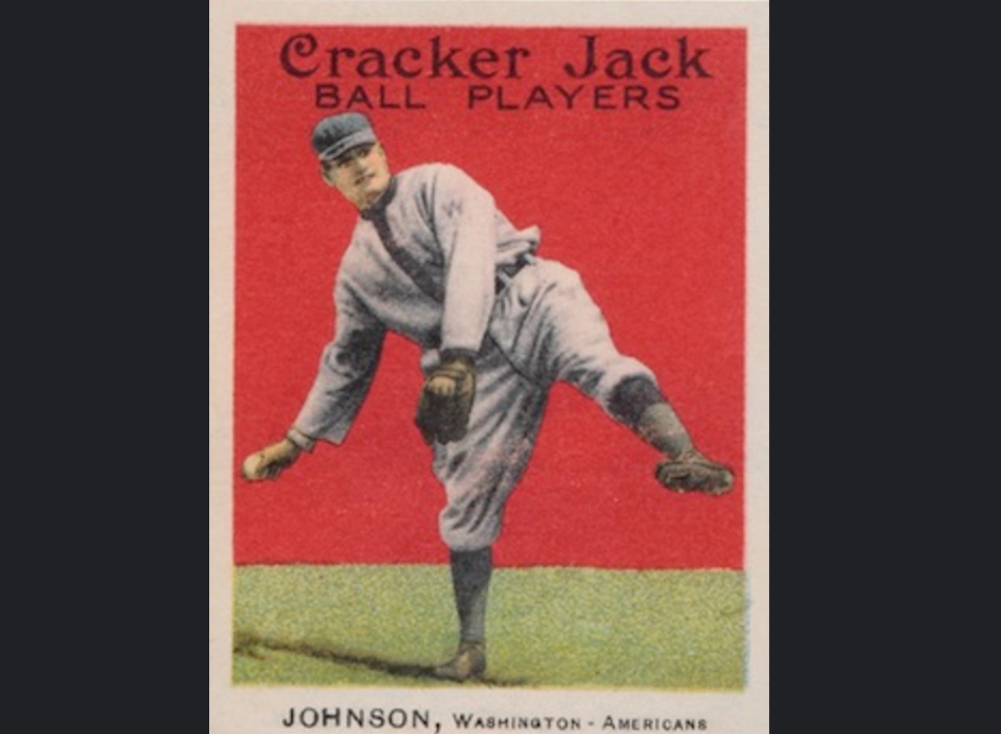Eddie Shore
Johnny Bucyk
From Ravinia Rink to the Hall of Fame
Jackson's impact went beyond mere goals. He embodied the spirit of the "Kid Line," a trio of young talents who injected the Maple Leafs with an electrifying brand of hockey. His powerful skating and pinpoint passing complemented perfectly the scoring prowess of Joe Primeau and Charlie Conacher. They tore through defenses, dazzling fans with their offensive pyrotechnics and leading the Leafs to their first Stanley Cup in 1932.
But Jackson wasn't just about offense. He was a tenacious defender, his grit and physicality earning him the respect of opponents and the nickname "Busher." He wasn't afraid to get his hands dirty, sacrificing his body for the good of the team and embodying the era's rough-and-tumble style of play.
His career wasn't without challenges. Injuries and off-ice issues occasionally derailed his trajectory, prompting a trade to the New York Americans and later the Boston Bruins. Yet, his talent and passion remained undimmed. He continued to score, earning a reputation as a clutch performer who thrived on the big stage.
In 1971, decades after his playing days ended, Jackson's true legacy was recognized. He was inducted into the Hockey Hall of Fame, a testament to his undeniable impact on the game. He wasn't just a scorer; he was a pioneer, a symbol of Toronto's early hockey glory, and a reminder that greatness can sometimes blossom in the most unexpected places, on frozen ponds under a winter sky.
The Old Poisonous Goal Machine
His career saw him don the jerseys of the Montreal Maroons, Boston Bruins, and New York Americans, leaving a trail of goals wherever he went. He led the league in scoring once, in 1926, and even boasted the NHL's fastest two-goal record (four seconds apart!) for decades.
But Stewart's legacy transcended mere statistics. He was a cerebral player, mastering the art of deception. His stickhandling was legendary, leaving defenders grasping at air as he wove through the ice like a phantom. Though not the hardest, his slap shot was pinpoint accurate, finding the net with uncanny precision.
He wasn't afraid to get rough, earning penalties with regularity. But even his temper served him well, fueling his intensity and drive. This duality earned him the nickname "Old Poison," a testament to his potent mix of skill and bite.
Stewart's crowning achievement came in 1937 when he surpassed Howie Morenz as the NHL's all-time leading scorer. This record stood for 15 years, a testament to his longevity and consistency. He even won the prestigious Hart Trophy twice, solidifying his status as one of the game's early greats.
While injuries and age eventually slowed him down, Stewart's impact on hockey's history is undeniable. He pioneered offensive creativity, was a relentless competitor, and was a legend loved for his unorthodox brilliance. So, the next time you see a skilled player weave through defenders and bury a well-placed shot, remember "Old Poison," who proved that finesse and fury could be a potent cocktail on the ice.
From Stony Mountain to the Hockey Hall of Fame
Pratt's career began in the rough-and-tumble world of senior leagues, where his versatility shone. He could seamlessly switch between defense and left wing, a rare skill that caught the eye of the New York Rangers in 1935. He quickly established himself as a force to be reckoned with, known for his booming slap shot and bone-crushing checks.
His impact was immediate. Pratt was instrumental in the Rangers' 1940 Stanley Cup victory, solidifying his reputation as a clutch performer. He later joined the Toronto Maple Leafs and was a key player in their 1945 championship run. His leadership and defensive prowess earned him the coveted Hart Memorial Trophy in 1944, a mark of individual excellence rarely achieved by defensemen.
However, Pratt's career wasn't without controversy. In 1946, he was suspended for betting on hockey games, a scandal that threatened to derail his legacy. His heartfelt apology and a promise to quit gambling led to his reinstatement, and he finished his career with the Boston Bruins, showcasing his unwavering passion for the game.
Beyond trophies and statistics, Babe Pratt's legacy lies in his influence on the game itself. He pioneered the two-way defenseman, excelling both offensively and defensively. His booming slapshot inspired a generation of blueliners to unleash their offensive power.
From Parkdale Pond to Hockey Valhalla
Smith's early days were spent honing his talent on the makeshift rink of Toronto's Parkdale neighborhood. His puckhandling, a mesmerizing blend of speed and precision, earned him a place on the junior Parkdale Canoe Club and, soon, the senior Toronto Granites. By 1924, he was gracing the Olympic ice, scoring 18 goals and helping Canada capture gold.
Professional glory awaited. Drafted by the Ottawa Senators, Smith's offensive prowess and fiery spirit electrified the league. He terrorized opponents with his unpredictable rushes, racking up 200 goals in his career and earning a reputation as one of the most feared scorers of his era.
But Hooley wasn't just a goal machine; he was a maestro of the stick fight, his short temper legendary. His 1927 brawl with Boston's Harry Oliver, sparked by a dirty cross-check, led to a month-long suspension and cemented his "bad boy" image. Yet, even his on-ice brawls couldn't diminish his talent.
Smith found a home in Montreal with the Maroons, where he captained the "S Line," a trio of offensive juggernauts feared throughout the NHL. He led them to a Stanley Cup victory in 1935, hoisting the trophy with a characteristically mischievous grin.
His career spanned four teams and 17 seasons, each marked by flashes of brilliance and the occasional fiery outburst. He retired in 1941, leaving behind a legacy as one of his era's most electrifying and controversial players.
Hooley Smith wasn't just a hockey player; he was a character, a rogue prince who defied expectations and carved his path to greatness. His story reminds us that sometimes, the most captivating players aren't just the ones with the most trophies but those who dance on the edge of chaos, captivating us with brilliance and audacity.
The Goalie with 1000 Stitches
His early career was a whirlwind of brilliance and misfortune. He won the Calder Trophy at 21, but also endured facial reconstruction after a skate blade sliced his cheek. This set the stage for a career marked by both dominance and tragedy.
He won four Vezina Trophies, backstopped four Stanley Cup championships, and faced over 37,000 shots, earning him the nickname "The Count." But the price of excellence was high. He played with blurry vision from a detached retina, suffered mental health struggles, and endured an accidental stick to the eye that nearly ended his career.
Yet, Sawchuk rose each time, his passion for the game burning brighter than any pain. He pioneered mask technology, forever changing the goalie landscape. His final years were bittersweet, marked by injuries and declining play, but his contributions to the game remained undisputed.
Terry Sawchuk died tragically in 1970, leaving behind a legacy that transcends statistics. He was a warrior, a pioneer, a flawed hero who wore his scars with pride. He redefined toughness, not just on the ice, but in the face of adversity. His story is a testament to the enduring power of the human spirit, forever etched in the annals of hockey history.
Phil Esposito
Willie O'Ree
O'Ree was born in Fredericton, New Brunswick, Canada. He began playing hockey at a young age and quickly established himself as a talented player. However, his path to the NHL was not easy. He faced racism and discrimination at every level of hockey, but he persevered.
In 1958, O'Ree was called up to the Boston Bruins. He made his NHL debut on January 18, 1958, against the Montreal Canadiens. O'Ree played in two games for the Bruins that season, but he was then sent back to the minors.
O'Ree continued to play in the minors for several years, but he never gave up on his dream of playing in the NHL. Finally, in 1961, he was recalled by the Bruins. He played in 43 games for the Bruins that season, scoring six goals and adding 10 assists.
O'Ree played for the Bruins for two more seasons, but he was often the target of racial abuse from both fans and players. In 1963, he was hit in the face with a puck and suffered a serious eye injury. The injury forced him to retire from the NHL at the age of 27.
Despite his short career in the NHL, O'Ree had a profound impact on the game of hockey. He paved the way for other black players to follow in his footsteps, and he helped to break down racial barriers in the sport.
O'Ree was inducted into the Hockey Hall of Fame in 2018.
Boston Bruins Hockey Team History
Early Days and Becoming Part of the "Original Six" (1924-1940s):
-Founded in 1924, the Bruins were the first American team to join the NHL, becoming part of the prestigious "Original Six" group alongside the Montreal Canadiens, Toronto Maple Leafs, Detroit Red Wings, Chicago Blackhawks, and New York Rangers.
-The early years saw the Bruins establish themselves as a competitive force. Players like Hall of Famers Eddie Shore, Dit Clapper, and Tiny Thompson led the team to their first Stanley Cup victory in 1929.
-The 1930s and 1940s were marked by consistency and another Stanley Cup win in 1939. This period also saw the emergence of stars like Bill Cowley and Roy Conacher.
The Bobby Orr Era and the "Golden Age" of Bruins Hockey (1960s-1970s):
-The 1960s were a challenging time, with the Bruins finishing last in the league for six out of seven seasons. However, the tide began to turn with the arrival of young phenom Bobby Orr in 1966.
-Orr's dynamic offensive and defensive skills, coupled with his iconic slapshot, revolutionized the game. Alongside Phil Esposito, a prolific goal-scorer, they formed a potent duo that led the Bruins back to prominence.
-The "Golden Age" of Bruins hockey arrived in the 1970s.
-The team, fueled by Orr and Esposito, captured two Stanley Cups in 1970 and 1972, etching their names in Bruins lore.
Post-Orr Era and Rebuilding Years (1970s-2000s):
-Bobby Orr's departure due to injuries left a significant void. The Bruins underwent a period of rebuilding throughout the late 1970s and 1980s. However, they remained competitive, reaching the playoffs on several occasions.
-Ray Bourque, a future Hall of Famer, emerged as the team's star during this era, showcasing exceptional offensive talent and leadership. Despite his individual brilliance, the Bruins fell short of another Stanley Cup title.
The Rise of a New Dynasty and Continued Success (2000s-Present):
-The arrival of new ownership and a focus on player development ushered in a new era of success. The Bruins drafted future stars like Patrice Bergeron and Zdeno Chara, who became the core of a dominant team.
The acquisition of the dynamic scoring duo of Brad
-Marchand and David Pastrnak further bolstered the offense. This combination, coupled with a strong defense led by Chara, propelled the Bruins back to the Stanley Cup Finals.
-In 2011, the Bruins captured their sixth Stanley Cup title, defeating the Vancouver Canucks. They continued to be a force in the Eastern Conference, reaching the finals again in 2013.












